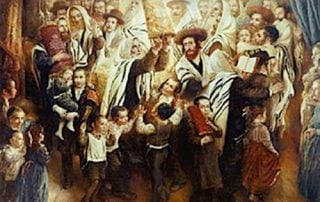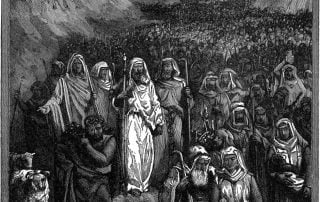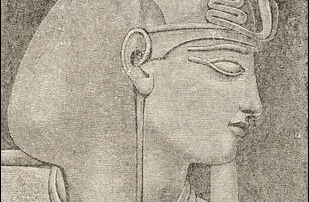Three-and-a-half Hakafot — Topology of Simchat Torah
Why is this night different from all other nights, asks a child on the Seder night. On this Simchat Torah I asked a different question—why is the day different from the night? Indeed, on the night of Simchat Torah, we dance seven hakafot-circuits. However, during the morning service of the next day, we only dance three-and-a-half hakafot. What is the meaning of this number—three and a half? There are a few instances the Torah, Talmud, and Rabbinic instances where this number is mentioned (e.g., during the Gaonic period, c. 590–1000 CE, in some communities in the Land of Israel, the Torah reading cycle was completed in three and a half years; Maimonides rules that only half of the tzitzit string should be dyed blue leaving three and a half strings white), but none of them [...]



